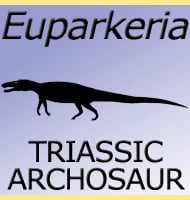Telmatosaurus
In Depth Telmatosaurus was originally named as Limnosaurus transsylvanicus, however after this naming in transpired that the genus name Limnosaurus had already been used by the American palaeontologist Othniel Charles Marsh to name a crocodile (later it would actually be declared a synonym of Pristichampsus). The original name came about from the popular idea of … Read more

